Discovery of new creatures intrigues researchers
A recent expedition deep into the Pacific Ocean has revealed amazing creatures and unexpected biodiversity in one of the least explored places on our planet.
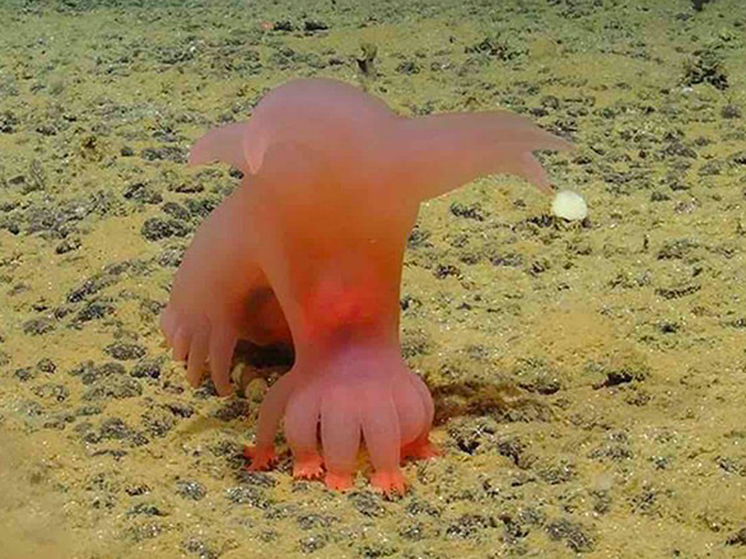 Photo: smartexccz.org
Photo: smartexccz.org
A research expedition in the Clarion-Clipperton Zone between Mexico and Hawaii has uncovered creatures that are as unknown as they are fascinating. Marine ecologist Thomas Dahlgren explains that these discoveries are crucial to understanding these unique ecosystems. According to him, only 10 percent of the animal species living at these depths have been described by science.
Abyssal plains, ranging from 3,500 to 5,500 meters, cover most of the Earth's surface but remain poorly understood. The small amount of food available forces deep-sea creatures to adapt. They feed on sea snow, organic debris that falls from the more productive upper layers.
Among the finds are cup-shaped glass sponges that can live up to 15 thousand years, and pink sea cucumbers from the genus Amperima. These creatures move slowly in search of nutrient-rich sediments. They play a critical role in cleaning up the seabed.
Mining projects in this region pose a threat to this fragile ecosystem. Rare metals needed for green technologies are found in mineral nodules scattered across the seabed. Scientists are seeking to understand the potential impacts of this mining on biodiversity and the ecosystem.
The mission's goal was to map the biodiversity of the Clarion-Clipperton area and assess the risks to native species. Dahlgren emphasizes the importance of this research for species protection, noting that 30 percent of these areas are currently protected. However, it remains to be determined whether these measures are sufficient to ensure the survival of the discovered species.
Single-celled xenophyophores were previously discovered. This species was discovered by an underwater drone in the western Clarion-Clipperton zone, where the seafloor is more than 3 miles deep. Specimens collected in 2018 were analyzed to identify the new species.



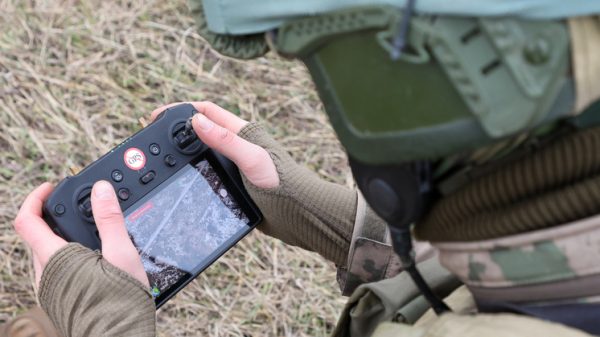













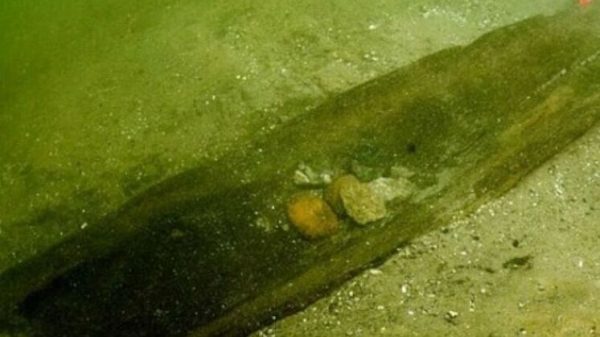


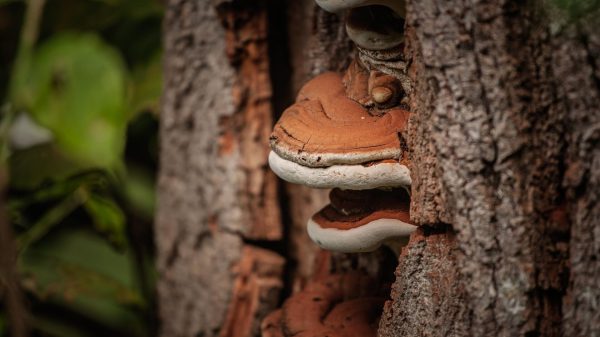














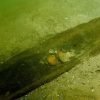





















Свежие комментарии